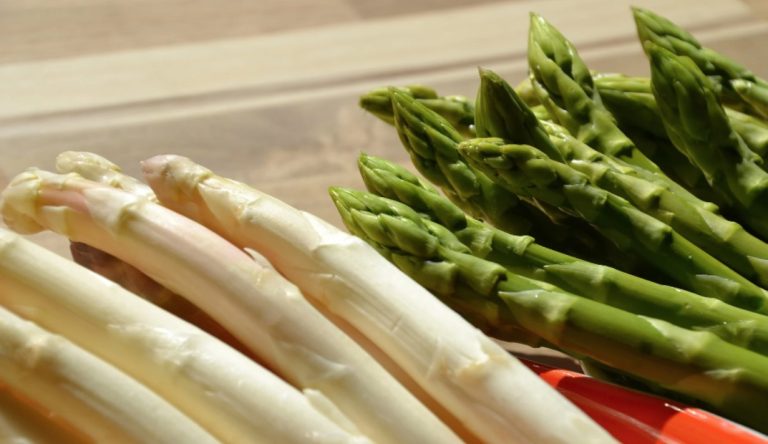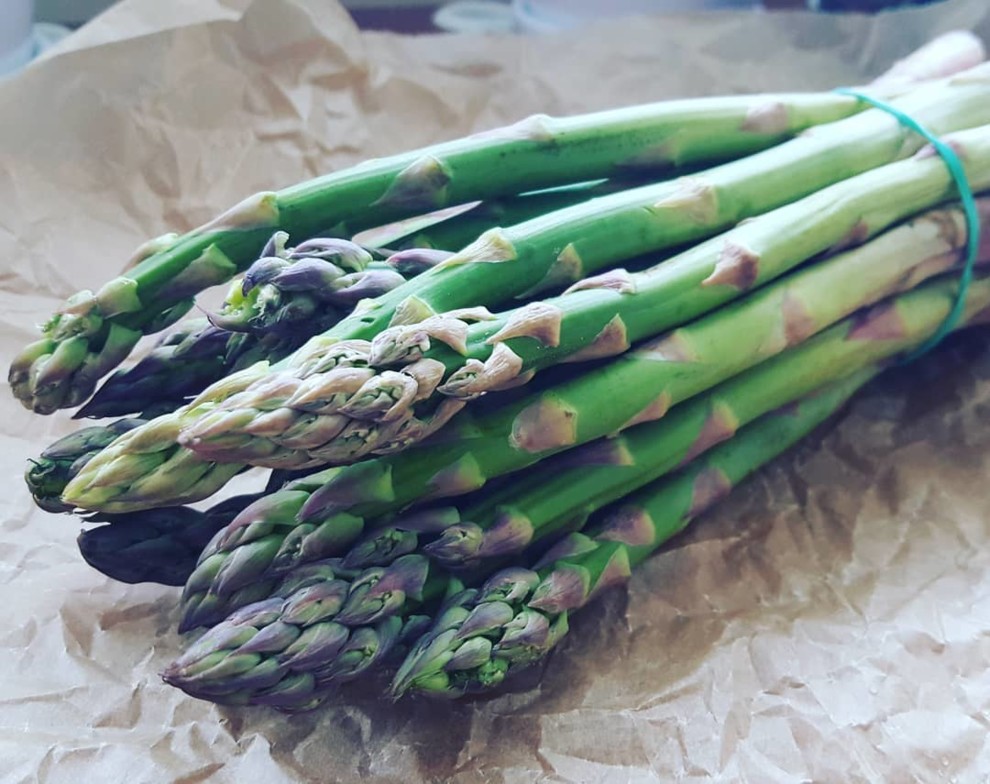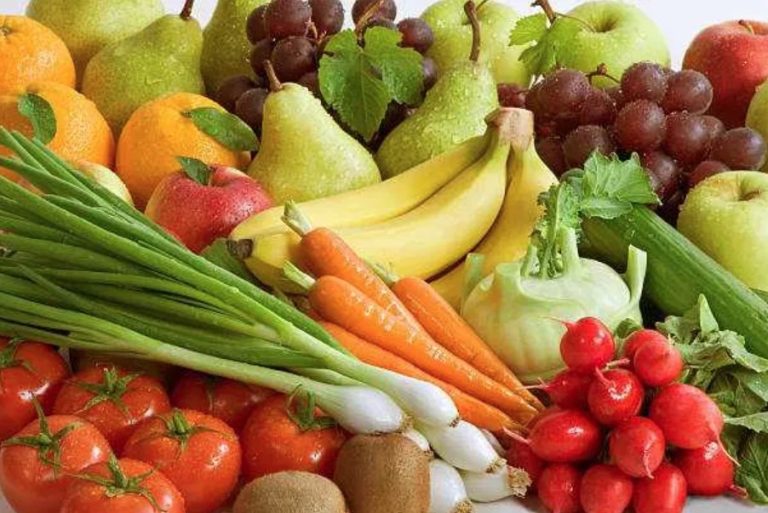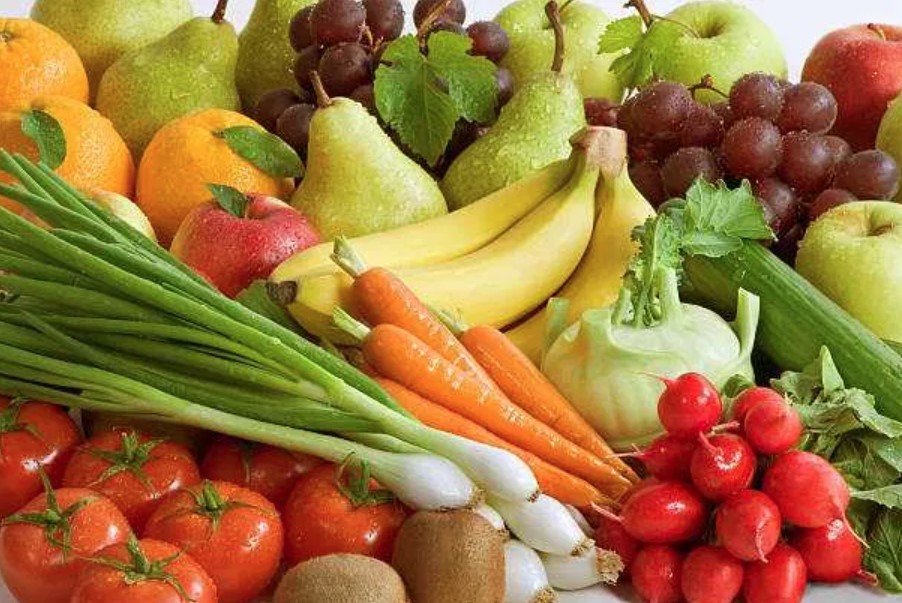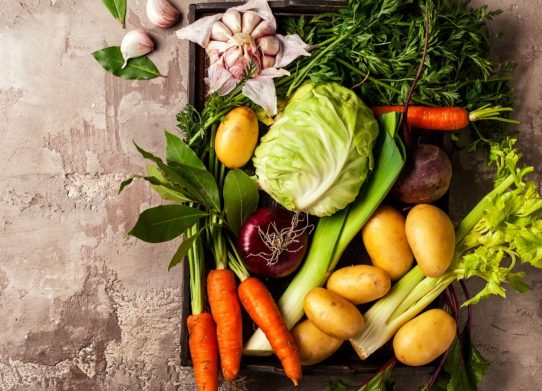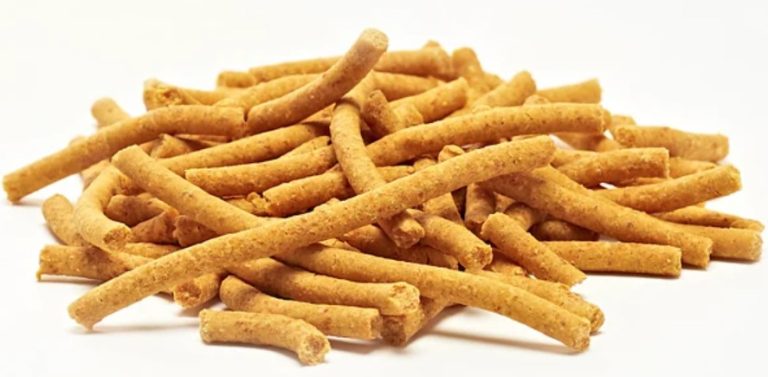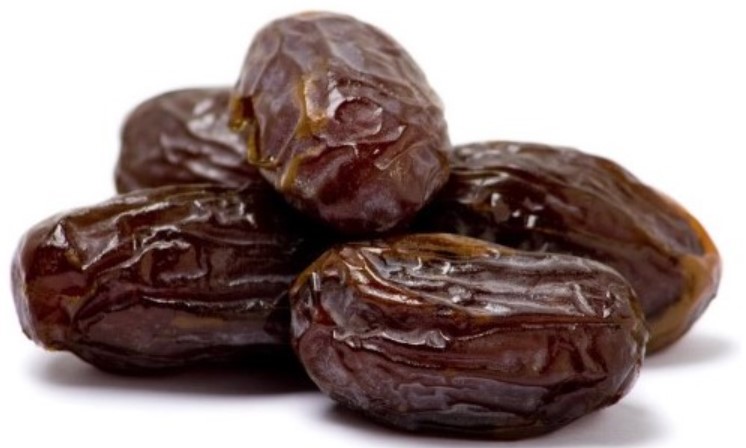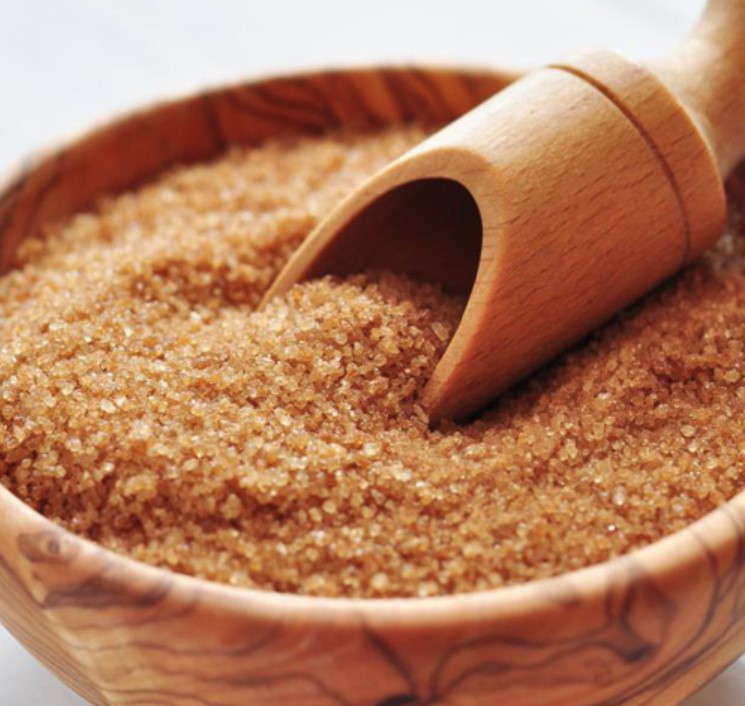What is the exact definition of veganism? We present a common definition of the term and show you why people live vegan.
Vegan diet, vegan fashion, vegan cosmetics, vegan cleaning products… You must have come across the term “vegan” quite often in recent years. But do you also know what exactly is behind it?
Veganism is being consistently practiced by more and more people out of conviction. But how exactly is the term actually defined? Below you will learn two definitions of veganism.
Veganism: A definition of the Vegan Society

The Vegan Society was founded in the UK in November 1944 and was the first association of its kind. A registered charity, it supports, promotes, informs and provides advice on veganism on various aspects of vegan living.
The founding of the Vegan Society was an important event for veganism. World Vegan Day is celebrated today on the anniversary of the event, November 1st. One of the founding fathers was Donald Watson, who also invented the term “vegan”.
The Vegan Society definition of veganism used today dates back to 1979 and reads as follows:
“Veganism is a way of life which seeks to avoid, as far as practicable, all forms of exploitation and cruelty to suffering animals for food, clothing and other purposes; and subsequently promotes the development and use of animal-free alternatives for the benefit of humans, animals and the environment. In terms of nutrition, this means eliminating all products that are wholly or partly derived from animals.”
Various definitions of veganism in use
Of course, the Vegan Society’s definition of veganism is not the only one. There are many variations on this definition; sometimes broader, sometimes more specific. Another easy-to-understand example is PETA’s definition of veganism, which you can read on their website:
“Vegans are people who do not consume animal products such as meat, fish, milk and eggs. They also do not wear clothing or shoes made of animal materials such as leather, fur, down or wool. They only use cosmetic products and cleaning products that do not contain any animal ingredients and have not been tested on animals. In addition, vegans do not go to zoos, do not attend circuses with animals, and do not ride horses in their free time. In short: Vegan people avoid using animals or animal products in all areas of life.”
This definition of veganism goes one step further than that of the Vegan Society and also addresses animal husbandry for recreational purposes.
Living Vegan: Why?
The reasons why people decide to adopt a vegan lifestyle are as diverse as the existing definitions of veganism. The majority do it for ethical and moral reasons, but there are also more pragmatic triggers.
These are possible reasons for a vegan life:
Many people live vegan for the sake of the animals – because they reject factory farming, the shredding of male chicks or the forced pregnancy of female cows, for example.
Another important factor is the environment. Keeping animals requires vast amounts of resources such as water and feed. In addition, large areas are used for the cultivation of fodder and enormous amounts of methane are emitted, for example by cows.
Some people are vegan for their own health. Eating a lot of meat leads to increased cholesterol levels. In addition, people with high meat consumption are said to have an increased risk of diabetes, for example.
Last but not least, starving people also play a role. According to Welthungerhilfe, 822 million people worldwide suffer from hunger and two billion from malnutrition. Farming land that could be used to grow food for them is used for animal feed instead.
Vegan diet: This is what it looks like according to the veganism definitions

Basically, according to the veganism definitions presented above, vegan nutrition means that all animal products are avoided. These include meat, eggs, dairy products and honey. If you are looking for guidance on suitable vegan foods, the food pyramid for vegan nutrition will help.
According to the definition, a vegan diet is based on:
vegetables and fruit
grain and potatoes
protein products
nuts and seeds
oils, fats and salt
as well as of course drinks and luxury products such as vegan sweets, alcohol and snacks.
The vegan food pyramid roughly indicates how much a person should eat from each category per day. For example, she suggests about 400 grams of vegetables and 300 grams of fruit for a day. You should only consume a small, conscious portion of sweets and snacks per day.


